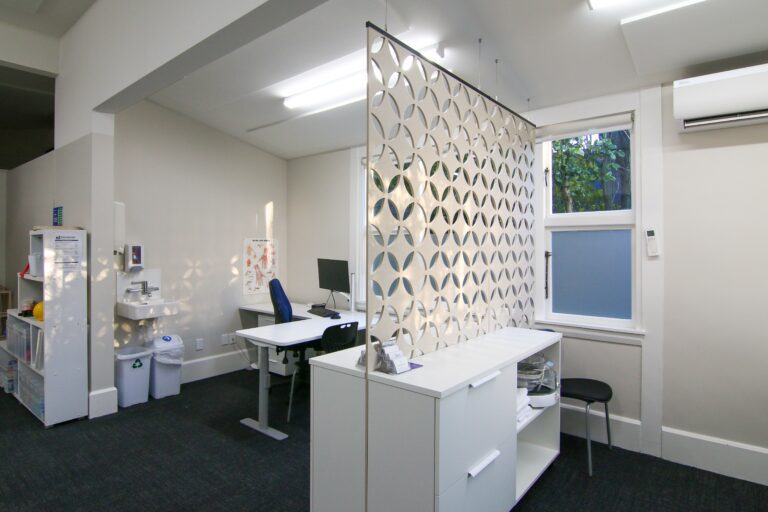While in Fiji, Jo and Nicky were able to share some splinting expertise with the Fijian therapists as they prepared to splint a patient with a Radial Nerve Palsy. A radial nerve palsy occurs when the radial nerve has been damaged in the arm – typically by compression or laceration, sometimes by fracture of the humerus. Nerve damage then results in an inability to extend (lift) the wrist or to straighten the fingers/thumb. The injured hand is floppy, able to grip (because the flexors are still innervated) but unable to grasp effectively due to poor wrist position (See Figure 1: Wrist Drop).
To date the hospital staff had been taught to splint radial nerve palsy with an outrigger splint (See Figure 2: Outrigger Splint). These splints have been used in NZ in the past, but they are expensive to make and cumbersome to wear. Hence the Fijians were delighted to realise that there is a cheaper and more convenient option available.
Therapists were shown how to construct a modified Pulvertaft splint (See Figures 3 & 4). This low profile splint is easy to construct and uses elastic to pull the fingers back into the extended position. The wrist is splinted in slight extension for maximum function. This splint is a very practical option for patients to wear while they wait for the radial nerve to regenerate – a process which can take some months.




